 |
|||||||||||||||
William Harvey "Bill" Dana, 3 November 1930 to 6 May 2014 (83 years) X-15 Missions: 16 flights from 4 November 1965 to 24 October 1968 Highest Speed: Mach 5.53 (3,897 mph)xxxxxxxxxxHighest Altitude: 306,900 feet (58.1 miles) |
||
 |
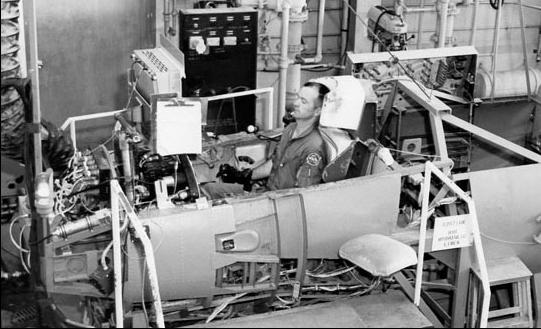 |
|||
William H. Dana, National Aeronautics & Space Administration. X-15 Pilot no. 11. Armstrong Flight Research Center |
Dana in the "Iron Bird" X-15 simulator two days prior to flight 3-54-80 on 19 Aug. 1966. Armstrong Flight Research Center |
|||
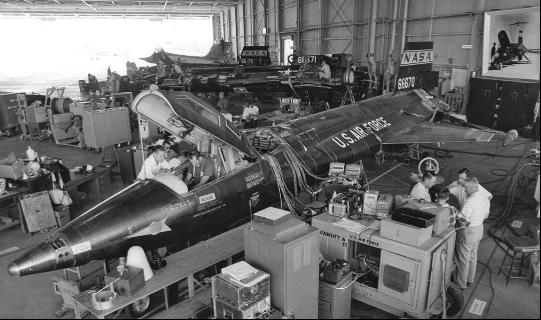 |
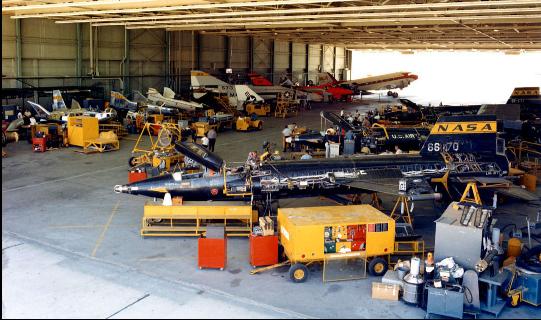 |
|||
X-15 no. 1 in the NASA hangar for maintenance. X-15s nos. 2 & 3 can also be seen. NASA Headquarters |
Another view of the three X-15s under maintenance in the NASA hangar. TD Barnes collection |
|||
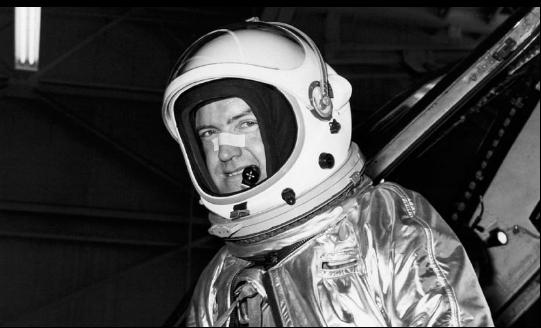 |
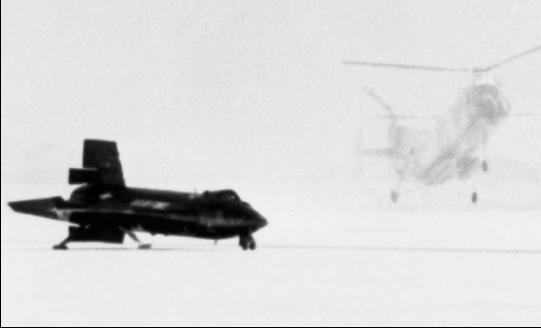 |
|||
Dana with a bandaged nose the day prior to his first flight on 4 Nov. 1965. Armstrong Flight Research Center |
The H-21 is a ghostly image in the desert behind the X-15 as it skids to a stop. author's collection |
|||
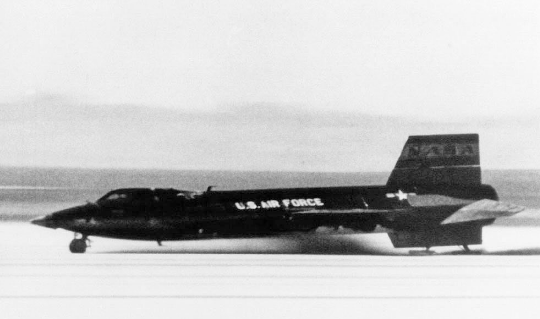 |
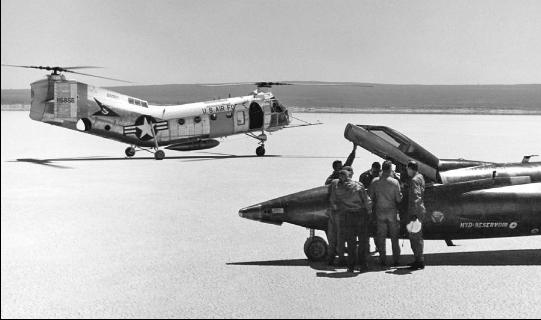 |
|||
X-15 touches down. Note the deflected tail surfaces which help keep it on the lakebed. Armstrong Flight Research Center |
H-21 Workhorse helicopter brings in the ground crew to aid the pilot after landing. Edwards History Office |
|||
 |
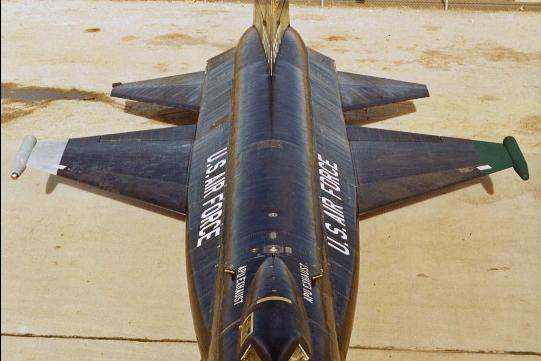 |
||||||
3 Oct. 1967, X-15 no. 1 is ready for Dana's flight 3-63-94, which occured the next day. The B-52/X-15A-2 in the background is taxiing for the runway with Pete Knight for flight 2-53-97. His flight will be the fastest rocket plane flight ever accomplished. North American Aviation |
|||||||
Experiment pods attached to the wing-tips of X-15 no. 1 on 1 Dec. 1964. Thermal paint has been added to the pods to verify heat flow and temperature during flight. Armstrong Flight Research Center |
|||||||
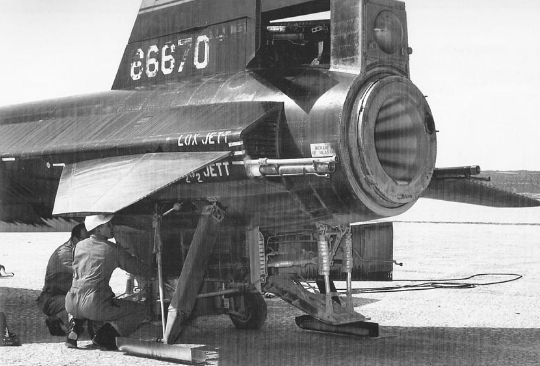 |
||||
 |
||||
Post flight checkout on X-15 no. 1. Note the tip pod hatch is open on the far right. Armstrong Flight Research Center |
||||
Servicing on the lakebed after Dana's flight 1-74-130 on 1 Mar. 1968. Armstrong Flight Research Center |
||||
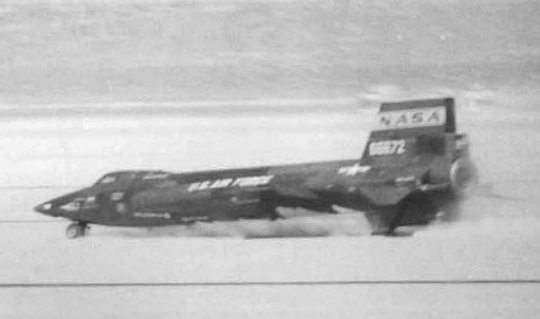 |
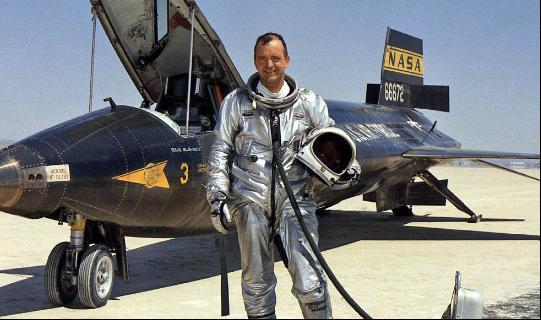 |
|||
Lakebed rollout of X-15 no. 3. Armstrong Flight Research Center |
||||
Posing with X-15 no. 3 after landing flight 3-60-90 on 22 Jun. 1967. Armstrong Flight Research Center |
||||
 |
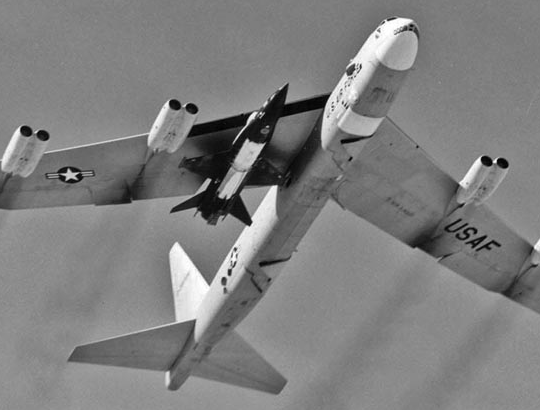 |
|||
Nose view of X-15 no. 1 with wing tip pods prior to loading on the B-52 for flight. Armstrong Flight Research Center |
X-15 no. 1 nestled on the B-52's right wing pylon, just after takeoff from Edwards. Armstrong Flight Research Center |
|||
 |
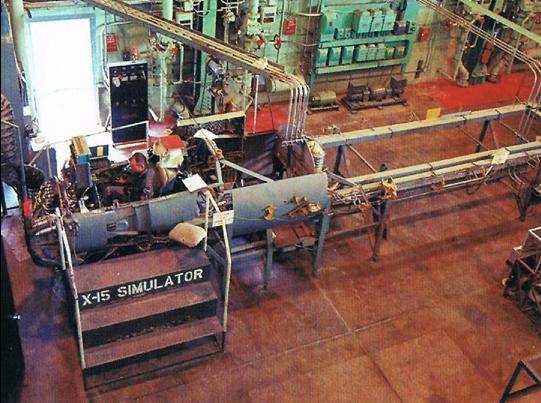 |
|||
Bill signs a couple of X-15 Topping models. author's collection |
Dana in the X-15 "Iron Bird" simulator, with more of the hardware and controls visible. Armstrong Flight Research Center |
|||
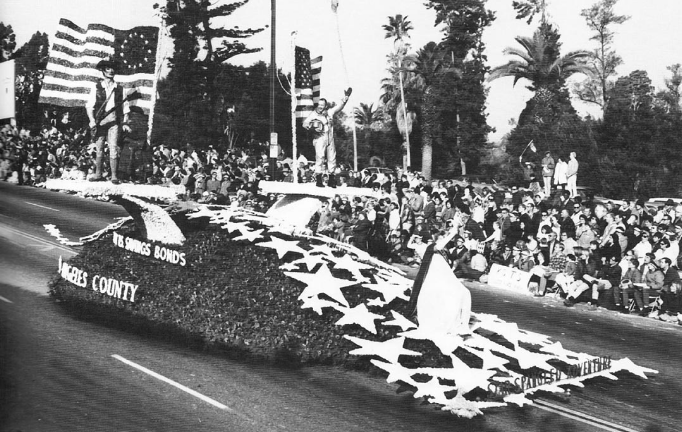 |
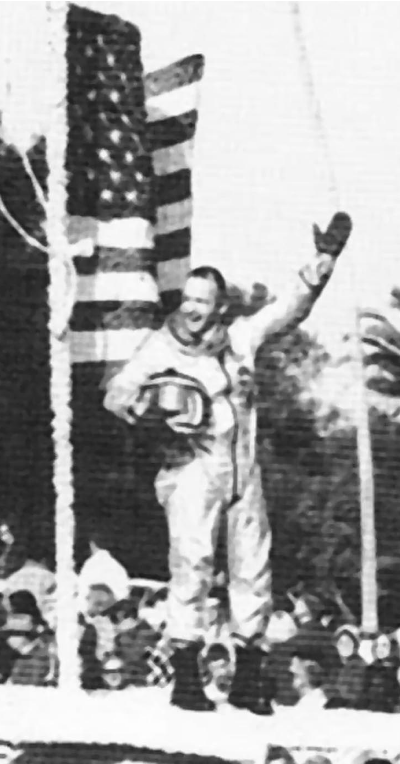 |
||||
Bill Dana on the Los Angeles County float in the Rose Parade on 1 Jan. 1968. The float is called "Star Spangled Adventure" and advertises US Savings Bonds. Dana is wearing his X-15 pressure suit. author's collection |
|||||
 |
|||||
A humorist at Edwards envisioned all the experiments carried aboard the X-15. Armstrong Flight Research Center |
Close-up of Bill Dana atop the float in the Rose Parade. author's collection |
|||
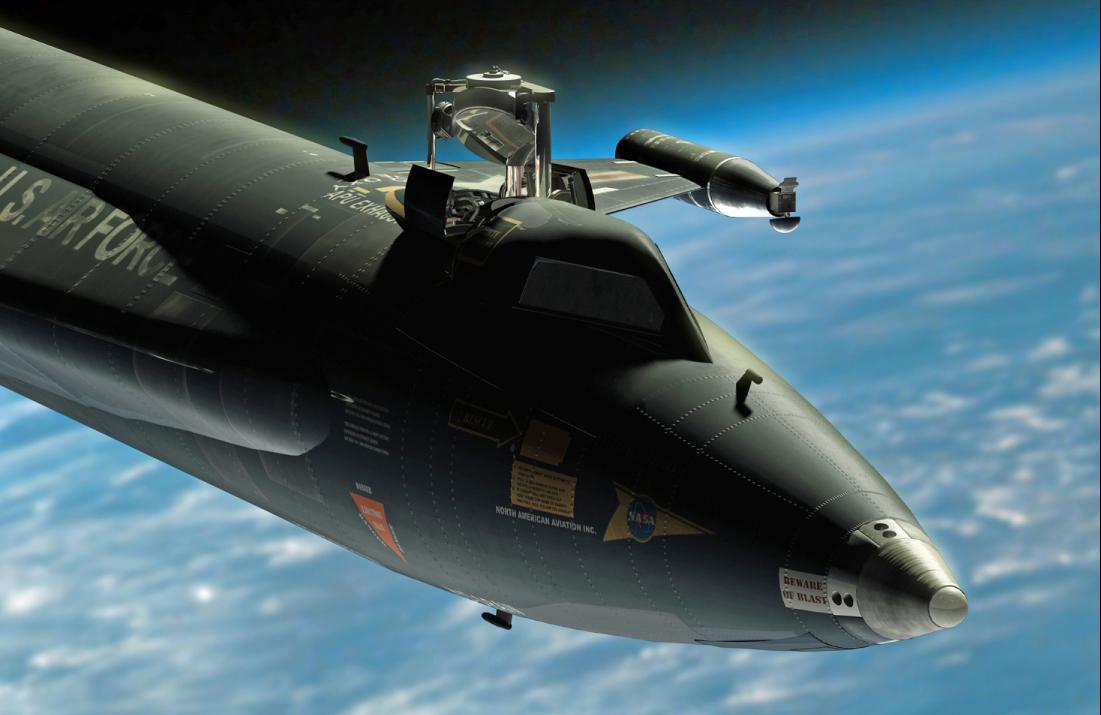 |
||
The X-15 carried numerous experiments which were deployed while in space. Shown here is the Western Test Range instrument behind the cockpit, and a tip pod experiment. computer art Thommy Eriksson |
||
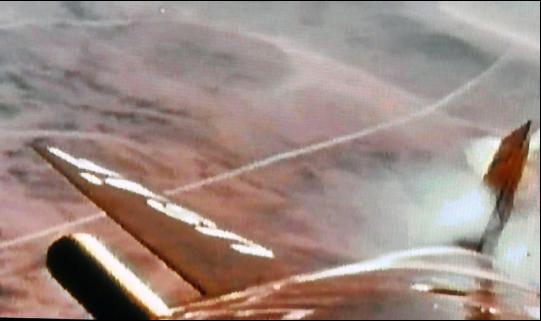 |
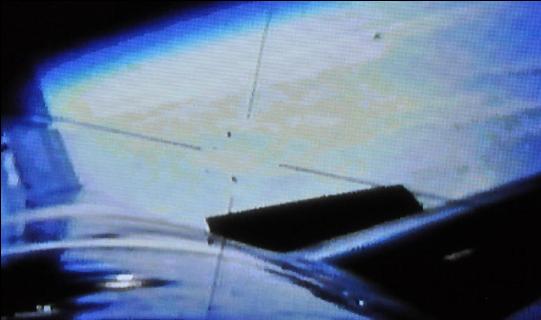 |
|||
Rear bug-eye camera views. The cameras are mounted directly behind the cockpit. A chase plane contrail can be seen in left photo, and curvature of the Earth in the right. Armstrong Flight Research Center |
||
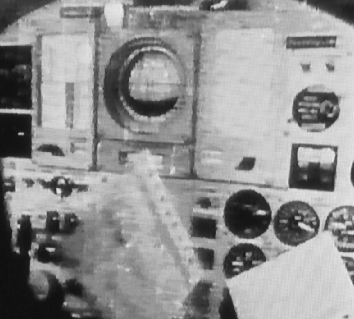 |
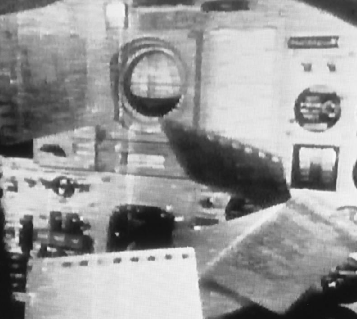 |
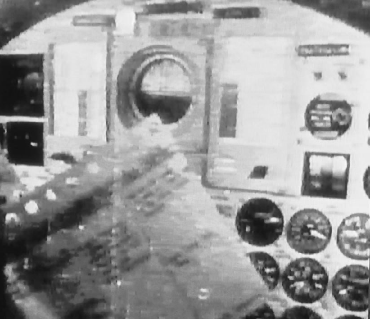 |
||||
On an astronaut qualification mission to 306,900 feet, Dana knocked his checklist pages loose into the X-15 cabin during the zero-g ballistic arc on flight 3-56-83 on 1 Nov. 1966. Armstrong Flight Research Center |
||
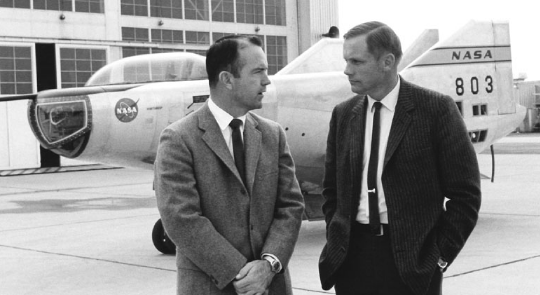 |
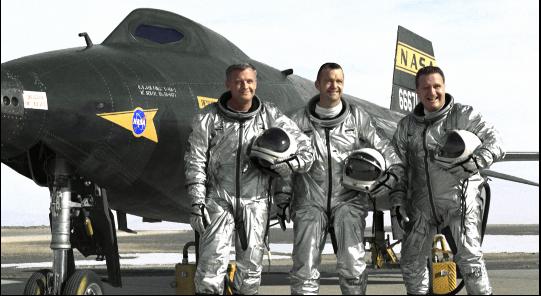 |
|||
Dana converses with Armstrong. The M2-F3 lifting body is behind them. Armstrong Flight Research Center |
Composite photo of Thompson, Dana, and McKay with the advanced X-15A-2. Armstrong Flight Research Center |
|||
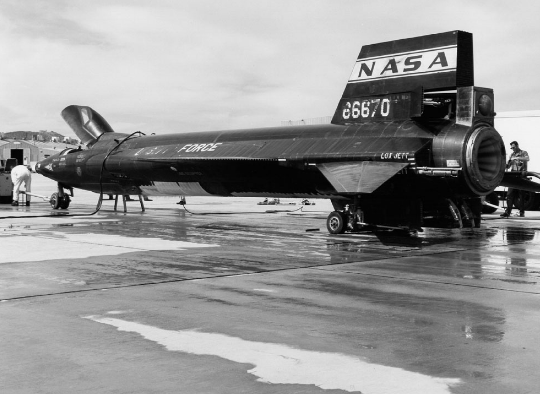 |
||||
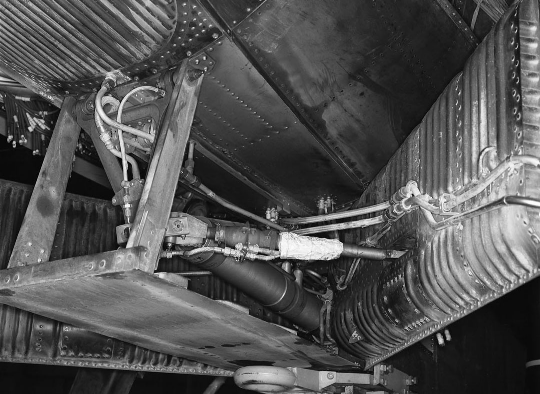 |
||||
X-15 no. 1 is serviced after flight 1-74-130. This was Dana's 12th flight on 1 Mar. 1968. Armstrong Flight Research Center |
Detail of the lower ventral speed brake mechanism. Armstrong Flight Research Center |
|||
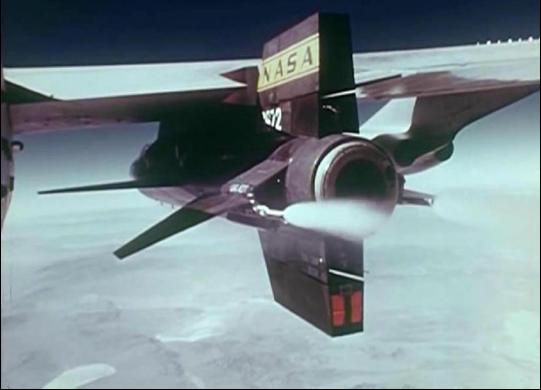 |
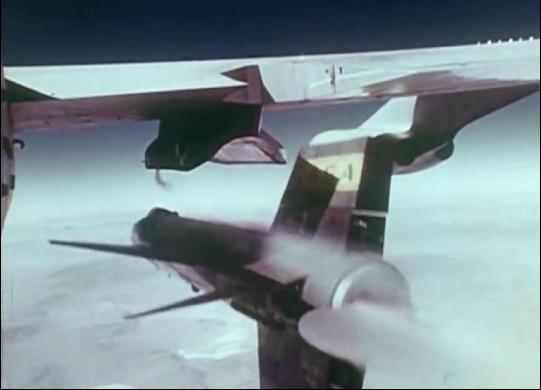 |
|||
X-15 no. 3 is launched from the right wing pylon of the B-52 mothership. Note the slight roll to the right as the rocket plane drops away. NASA Headquarters |
||
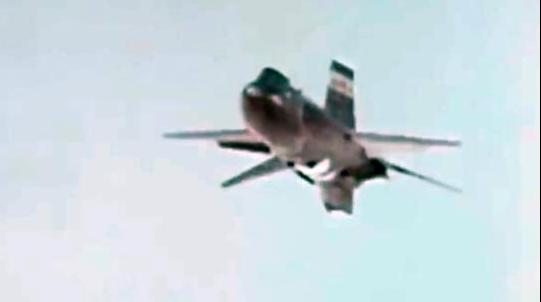 |
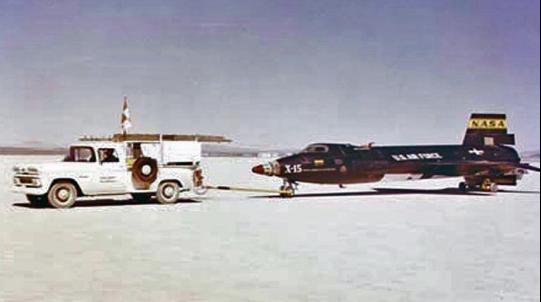 |
|||
Gliding in above the lakebed, seconds before landing gear deployment. Armstrong Flight Research Center |
Towing the X-15 off the lakebed after landing, back to the servicing area. Armstrong Flight Research Center |
|||
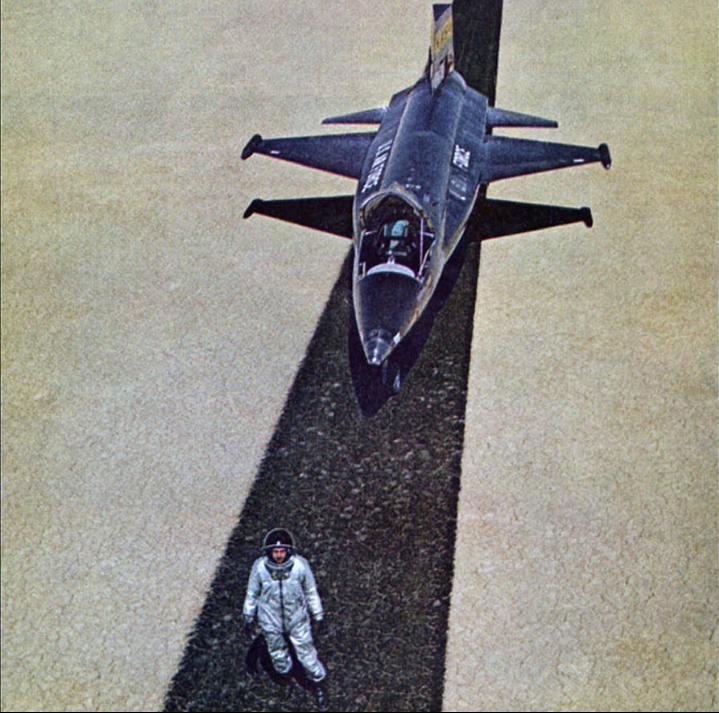 |
 |
|||
Dana on the runway centerline following flight 1-75-133 on 4 Apr. 1968. Saturday Evening Post |
A Bill Dana bobblehead from the Lancaster Jethawks. author's collection |
|||
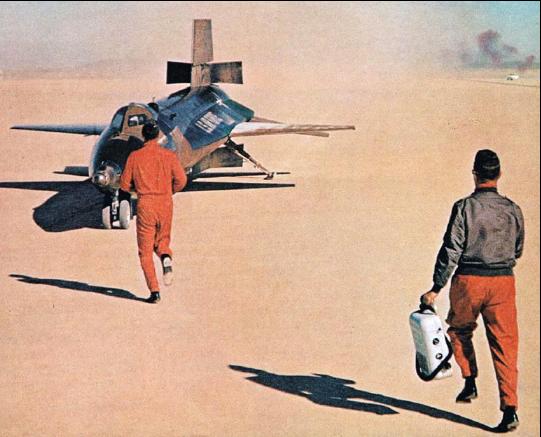 |
||||
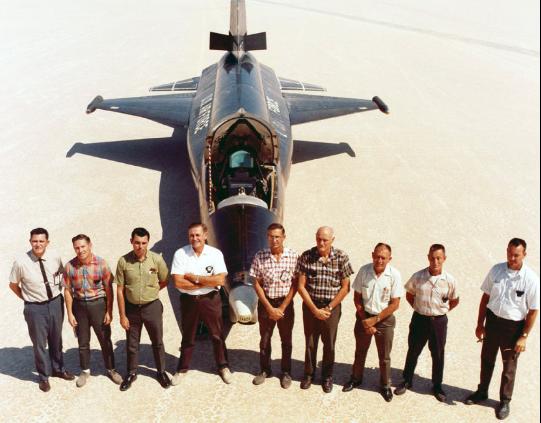 |
||||
Crew for X-15 no. 1 pose with their bird after the final flight in the X-15 rocket plane program. Mission 1-88-141 on 24 Oct. 1968 was the X-15's 199th flight. Armstrong Flight Research Center |
||||
Seconds after rolling to a stop, technicians are there to help the pilot. Armstrong Flight Research Center |
||||
 |
||||
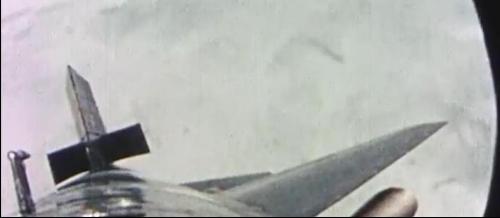 |
||||
Looking back at the X-15 and the Earth below. NASA Headquarters |
||||
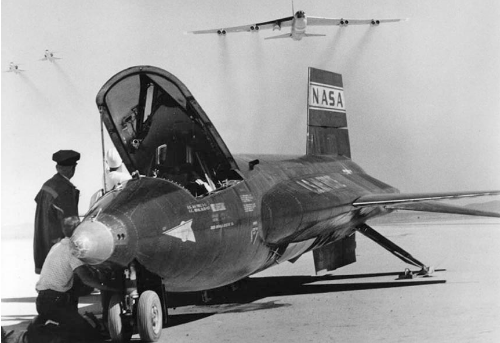 |
||||
TThe B-52 mothership salutes the X-15 at the end of a mission. Armstrong Flight Research Center |
Painting of Bill Dana for the Legends of Flight at the San Diego Air & Space Museum. San Diego Air & Space Museum |
|||
— The End of the Rocket Plane Era: Bill Dana flying the Lifting Bodies — |
||
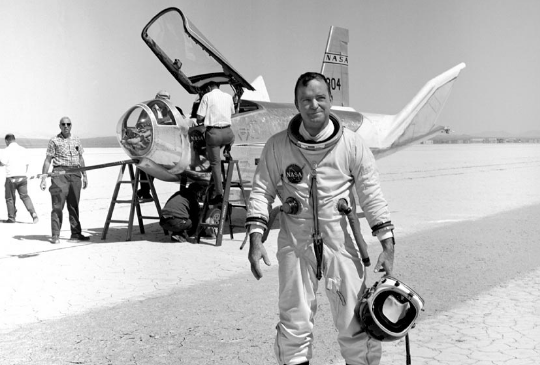 |
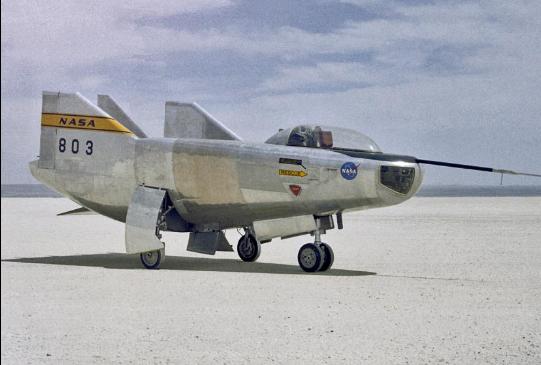 |
|||
Bill Dana completed 9 of the 37 flights accomplished with the HL-10. Armstrong Flight Research Center |
The M2-F3 Lifting Body. Dana flew 18 of the 27 flights of this vehicle. Armstrong Flight Research Center |
|||
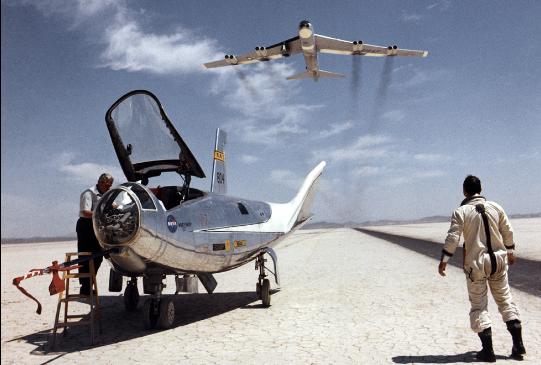 |
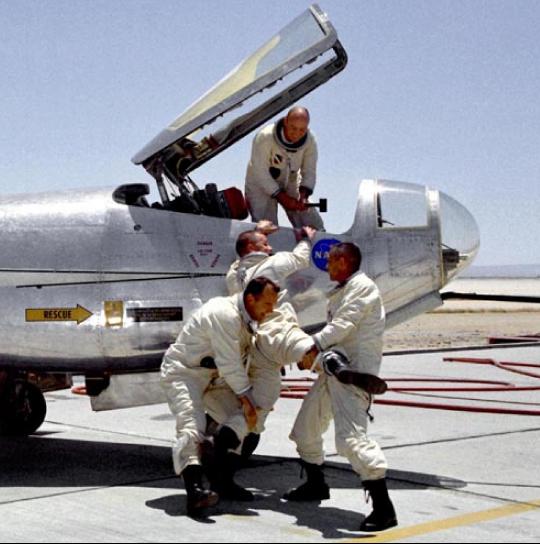 |
|||||||
The B-52 salutes Bill Dana following a flight in the HL-10 on 25 Apr. 1969. Armstrong Flight Research Center |
||||||||
 |
||||||||
Fighting for the chance to fly the HL-10. Shown here are Gerry Gentry in the cockpit holding a hammer, Peter Hoag trying desperately to get into the cockpit, with Bill Dana and John Manke holding him back. Armstrong Flight Research Center |
||||||||
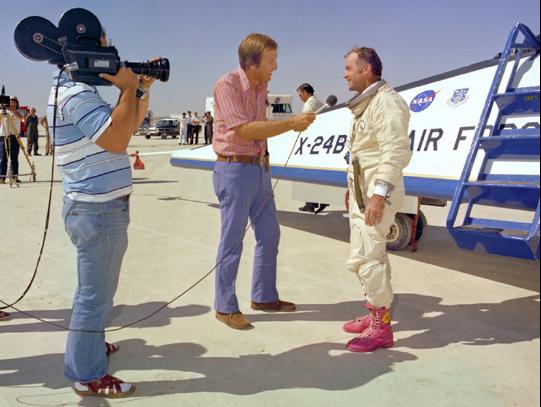 |
||||||||
Bill Dana exits the X-24B cockpit and is interviewed by a reporter following the last rocket plane flight at Edwards AFB. Note that Dana is wearing pink flight boots! Armstrong Flight Research Center |
||
 |
||
Dana with the X-24B lifting body on 23 Sep. 1975. This was the last rocket plane flight at Edwards AFB, ending an era which began with the Bell XS-1 on 19 Jan. 1946. Armstrong Flight Research Center |
||